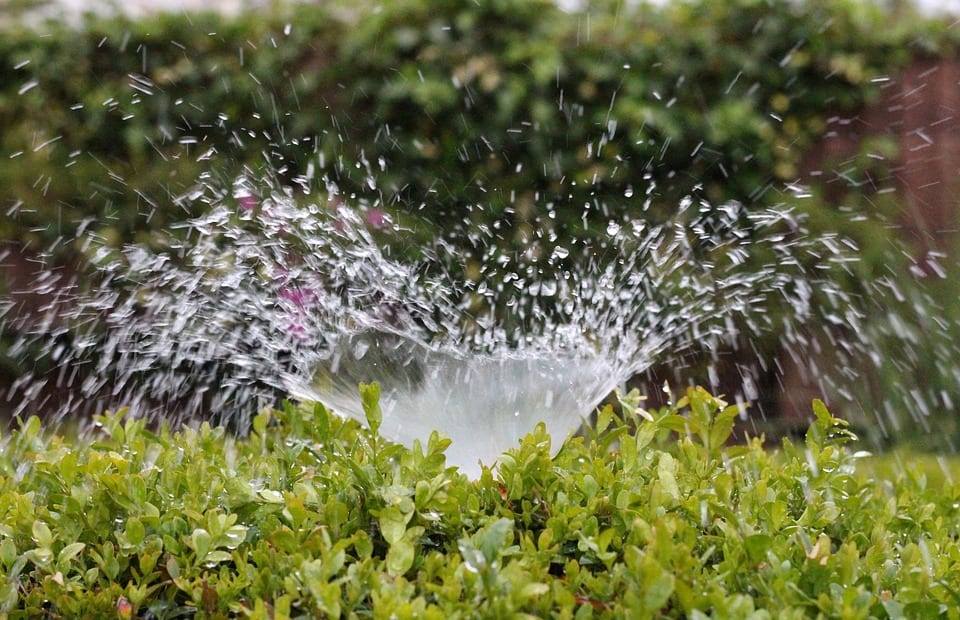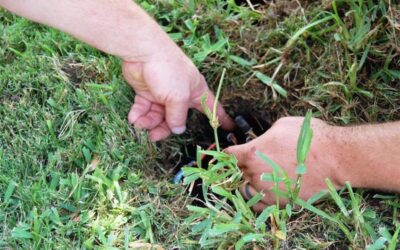Explore Our Irving, Texas Focused Blog
Our blog is here so that we can talk about what is important to the community of Irving, Texas. Irving residents have a strong sense of community and curiosity. As long-time Irving residents, we know quite a bit about this cultured town but are always exploring and learning more. For homeowners, we want to cover your questions and concerns. If you ever want to know more about a certain topic, please contact us so that we may answer your question or do some research and find an answer for you.
Outdoor Lighting and Landscaping Services
Landscaping services in Dallas, Texas. We understand the importance of creating a captivating...
Sprinkler System Installation and Repair
When you are looking for professional sprinkler system installation and repair services in Dallas,...
Sprinkler Systems Need Repair and Maintenance
To have a lush and vibrant lawn, it is important to know that sprinkler systems need repair and...
Sprinkler Repair and Installation
At H2O, we specialize in providing high-quality sprinkler installation services to residential and...
Sprinkler Repair and Installation
A customized underground irrigation system in the lawn area is a necessity to keep outdoor lawns...
5 Ways to Boost Your Home’s Curb Appeal
If you have heard anything about the Dallas-Fort Worth real estate market lately, you know it is a...





